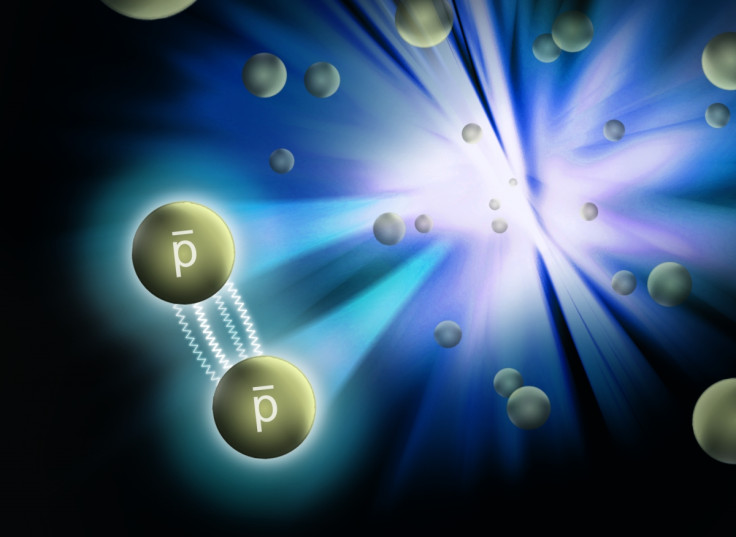Where did the antimatter go? Force between antiprotons discovered in step towards solving mystery

For the first time, scientists have measured the force of interaction between pairs of antiprotons, a step towards solving one of the biggest mysteries in the universe – where did all the antimatter go? An international team of researchers working under the STAR Collaboration found that like the force that holds normal protons together, the force between antiprotons is attractive and strong.
Antiparticles have been detected in the past, but they are difficult to produce in quantities high enough to measure the interactions between them. Publishing their findings in the journal Nature, the team conducted experiments at the Relativistic Heavy Ion Collider (RHIC) at US Department of Energy's Brookhaven National Laboratory.
The RHIC is one of the only places on earth that can produce antimatter in abundance and it does it by smashing the nuclei of heavy atoms into one another close to the speed of light. These collisions produce conditions seen microseconds after the Big Bang.
At that moment, the universe had temperatures 250,000 times hotter than the centre of the sun contained within a speck the size of a single atomic nucleus. This huge amount of energy created matter's fundamental building blocks along with matter and antimatter – in equal amounts.
But today the universe mostly consists of ordinary matter with hardly any antimatter found. Where the antimatter went is one of the big unanswered questions.
Aihong Tang, one of the physicists involved, said: "The Big Bang – the beginning of the universe –produced matter and antimatter in equal amounts. But that's not the world we see today. Antimatter is extremely rare. It's a huge mystery. Although this puzzle has been known for decades and little clues have emerged, it remains one of the big challenges of science. Anything we learn about the nature of antimatter can potentially contribute to solving this puzzle."
In their experiment, the team searched data from gold-gold collisions for pairs of antiprotons close enough to interact as they emerged from the original collision. Zhengqiao Zhang, from the STAR Collaboration, said they saw lots of protons emerging, with almost equal numbers of antiprotons. These antiprotons look just like protons but have a negative charge instead of positive – this means they curve the opposite way in the detector's magnetic field
"By looking at those that strike near one another on the detector, we can measure correlations in certain properties that give us insight into the force between pairs of antiprotons, including its strength and the range over which it acts," he said. And their findings showed the force between the antiproton pairs was attractive, just like the force holding normal atoms together.
The symmetry observed means there is still no explanation for the abundance of matter and scarcity of antimatter, but the team said without finding this out, they could not move on in their research. STAR scientist Richard Lednický admitted: "The successful implementation of the technique used in this analysis opens an exciting possibility for exploring details of the strong interaction between other abundantly produced particle species."
© Copyright IBTimes 2025. All rights reserved.






















